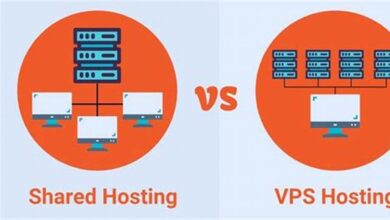Easily Add Users to cPanel on HostGator Shared Hosting

Managing user access is a critical aspect of web hosting administration. Efficient user creation and permission control simplifies collaborative website management, allowing different individuals to access specific features and resources without compromising overall security. This is particularly relevant for shared hosting environments where multiple websites or projects might reside under a single account.
Simplified Account Management
Streamlined user addition facilitates granular control over access privileges, allowing administrators to delegate specific tasks without granting unnecessary permissions.
Enhanced Security
Individual user accounts with restricted access bolster security by limiting the potential impact of compromised credentials. This prevents unauthorized access to sensitive areas of the hosting account.
Improved Collaboration
Creating separate accounts for developers, designers, or content managers enables seamless collaboration while maintaining individual accountability.
Efficient Resource Allocation
User-specific access controls allow administrators to allocate resources effectively, ensuring that each user has the necessary permissions to perform their tasks without interfering with others.
Centralized Control
The control panel provides a central hub for managing all user accounts, simplifying administrative tasks such as password resets, permission modifications, and account suspension.
Delegated Responsibilities
Assigning specific roles and permissions to different users allows for clear delegation of responsibilities, streamlining workflows and improving team efficiency.
Auditable Activity
Individual user accounts provide a clear audit trail of activities, enabling administrators to track changes and identify potential security breaches.
Scalability
User management features accommodate growth by allowing administrators to easily add or remove users as needed, adapting to evolving project requirements.
Cost-Effectiveness
Leveraging user accounts within a shared hosting environment can be more cost-effective than managing separate hosting accounts for each user.
Tips for Effective User Management:
1. Principle of Least Privilege: Grant only the necessary permissions to each user, minimizing potential security risks.
2. Strong Passwords: Enforce strong password policies to enhance account security and protect against unauthorized access.
3. Regular Audits: Periodically review user accounts and permissions to ensure they remain appropriate and up-to-date.
4. Account Deactivation: Promptly deactivate accounts that are no longer in use to prevent potential security vulnerabilities.
Frequently Asked Questions:
What are the different types of user roles typically available?
Common user roles include email users, web developers, file managers, and database administrators, each with specific access privileges.
How can user permissions be modified after account creation?
User permissions can typically be adjusted through the control panel’s user management interface, allowing administrators to modify access levels as needed.
What security measures are in place to protect user accounts?
Security measures include password encryption, access logs, and two-factor authentication options to safeguard user accounts and prevent unauthorized access.
How can users reset their passwords if they are forgotten?
Password reset mechanisms are usually available through the control panel, allowing users to securely regain access to their accounts.
Can user activity be monitored within the control panel?
Many control panels provide activity logs that track user actions, enabling administrators to monitor account usage and identify potential issues.
What support resources are available for user management issues?
Hosting providers typically offer documentation, tutorials, and customer support channels to assist users with account management questions or problems.
Effective user management is essential for maintaining a secure, organized, and collaborative hosting environment. Utilizing the user management features within the control panel empowers administrators to streamline workflows, delegate responsibilities, and ensure the optimal performance of their websites and applications.





